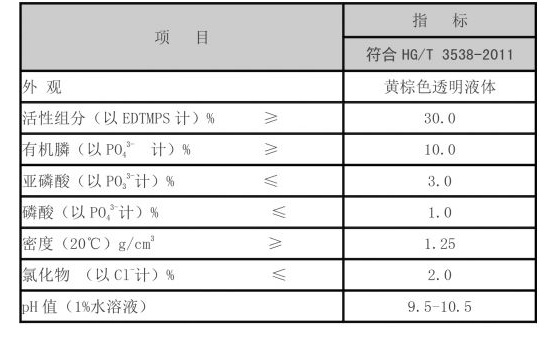Understanding the Properties and Applications of PAM Polyacrylamide in Various Industries
The Versatile Applications of PAM Polyacrylamide in Various Industries
Polyacrylamide (PAM) is a synthetic polymer that has gained significant attention across various industries due to its remarkable properties and versatility. Derived from the monomer acrylamide, PAM is widely used as a flocculant, soil conditioner, and in various biochemical applications. Its ability to absorb water and form gels makes it invaluable in fields ranging from agriculture to wastewater treatment.
1. Chemical Structure and Properties
The chemical structure of polyacrylamide is characterized by its long-chain molecules, which can form networks by cross-linking. The degree of polymerization and the ionic character of PAM can be modified to create various formulations that suit specific applications. PAM can be found in different forms, including anionic, cationic, and non-ionic, each having distinct properties that make them suitable for diverse uses.
One of the most notable properties of PAM is its high water solubility, which allows it to absorb large quantities of water, swelling and forming a gel-like substance. This property is particularly advantageous in applications where moisture retention is crucial, such as in agriculture.
2. Agricultural Applications
In agriculture, PAM is used primarily as a soil conditioner. When applied to soil, the polymer improves soil structure by increasing water infiltration and reducing erosion. This is particularly beneficial in arid and semi-arid regions where water conservation is vital. Studies have demonstrated that PAM-treated soils exhibit improved moisture retention, leading to better crop yields.
Additionally, PAM can enhance the efficacy of fertilizers by ensuring that nutrients remain accessible to plants for more extended periods. By improving soil porosity, PAM facilitates root development and nutrient uptake, which ultimately boosts agricultural productivity.
3. Wastewater Treatment
.pam polyacrylamide

PAM is extensively utilized in wastewater treatment plants to clarify and improve the quality of water. Its ability to act as a flocculant allows for the aggregation of suspended particles, making it easier to remove them from the treated water. PAM binds with particles to form larger flocs that can then be separated from the liquid phase through sedimentation or filtration processes.
The use of PAM in wastewater treatment not only helps in removing contaminants but also plays a crucial role in reducing the environmental impact of industrial effluents. As regulatory standards for water quality become increasingly stringent, the demand for effective wastewater treatment solutions continues to grow, positioning PAM as a key component in the industry.
4. Oil and Gas Industry
Another notable application of PAM is in the oil and gas industry, where it is utilized in drilling fluids and enhanced oil recovery. In drilling operations, PAM serves as a viscosity modifier that improves the performance of drilling muds. The addition of PAM can prevent the collapse of the borehole and facilitate the removal of cuttings, ultimately enhancing drilling efficiency.
Moreover, PAM is employed in enhanced oil recovery techniques. It helps to improve oil displacement by increasing the viscosity of the injected water, ensuring that more oil is effectively mobilized from the reservoir. This not only improves recovery rates but also helps in the sustainable extraction of resources.
5. Biomedical Applications
Beyond industrial uses, PAM also has potential applications in the biomedical field. Its biocompatibility and ability to form hydrogels make PAM suitable for drug delivery systems, wound dressings, and tissue engineering scaffolds. Researchers are exploring its use in controlled drug release formulations, where the polymer can modulate the release rate of therapeutic agents.
Conclusion
The versatility of polyacrylamide (PAM) has established it as an essential material across multiple sectors. From enhancing agricultural productivity and improving wastewater treatment to facilitating oil recovery and offering innovative biomedical solutions, PAM’s unique properties make it a valuable asset. As research and technology advance, the range of applications for PAM is expected to expand, further contributing to environmental sustainability and efficiency in various fields. As awareness of its benefits continues to grow, PAM's role in promoting a more sustainable and productive future becomes increasingly significant.
-
The Ultimate Guide to Flocculants: Transforming Water TreatmentNewsNov.01,2024
-
Improve Your Water Treatment Solutions with PolyacrylamideNewsNov.01,2024
-
Enhance Your Water TreatmentNewsNov.01,2024
-
Empower You to Achieve the Highest Standards of Water QualityNewsNov.01,2024
-
Effective Scale InhibitorsNewsNov.01,2024
-
Discover the Power of Poly Aluminum Chloride in Water TreatmentNewsNov.01,2024





